
-
Updating Roman Jakobson’s ‘Poetic Function’ with Vector Semantics
Read more: Updating Roman Jakobson’s ‘Poetic Function’ with Vector SemanticsKurzynski discusses how poetry extends beyond sound and rhythm and taps into a deeper network of meanings.


Kurzynski discusses how poetry extends beyond sound and rhythm and taps into a deeper network of meanings.
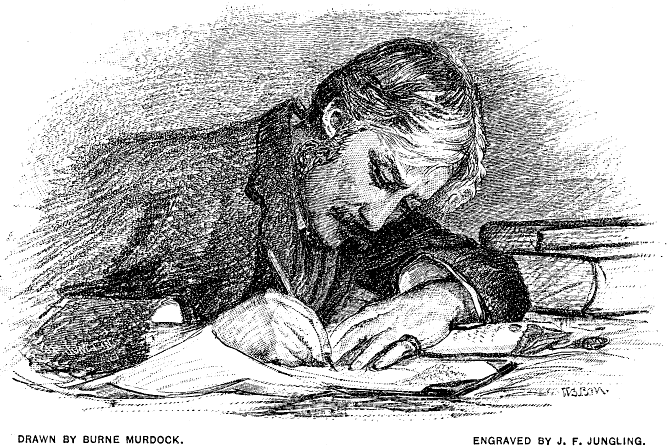
By Catriona M.M. Macdonald Historians frequently address reputations in their work, indeed they are central to some of the most important debates in historiography. They are typically less inclined, however, to address common assumptions regarding the work and legacy of…
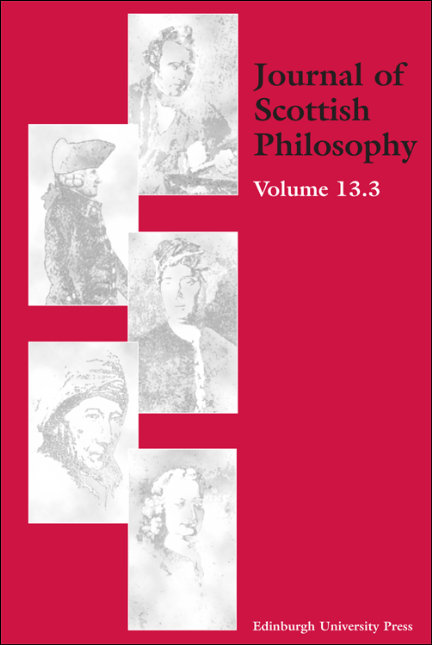
By Asher Jiang The concept of physical power in its modern forms has been introduced by Sir Isaac Newton in his great work Philosophiae Naturalis Principia Mathematica. Although Newton has embedded this concept into a precise mathematical framework, the power…
The collapse of the Ottoman empire in the wake of the First World War a century ago did not merely redraw the political map of the Middle East in its modern form – itself so hotly contested today by forces…

By Giovanni Gellera Until recently, the question ‘What was philosophy like in Scotland before the Enlightenment?’ met a standard answer reminiscent of the famous Augustinian warning to those who dared to ask what was there before the beginning of time:…
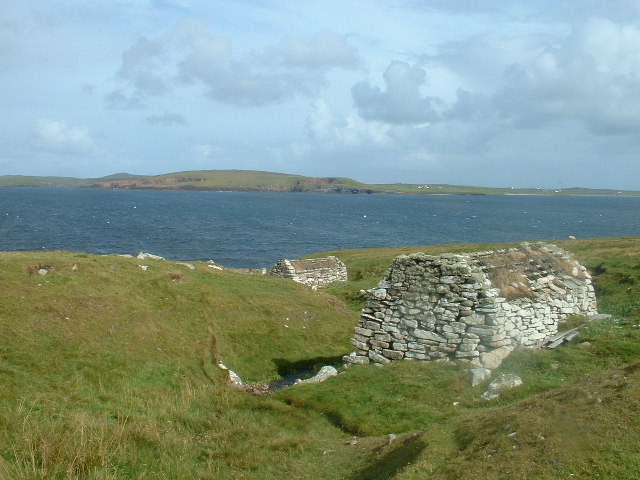
Founded in 1969, the Scottish Archaeological Journal publishes original articles which aim to further the study of archaeology in Scotland. The journal, published on behalf of the Glasgow Archaeological Society, features the latest results of archaeological fieldwork, excavation and research.…
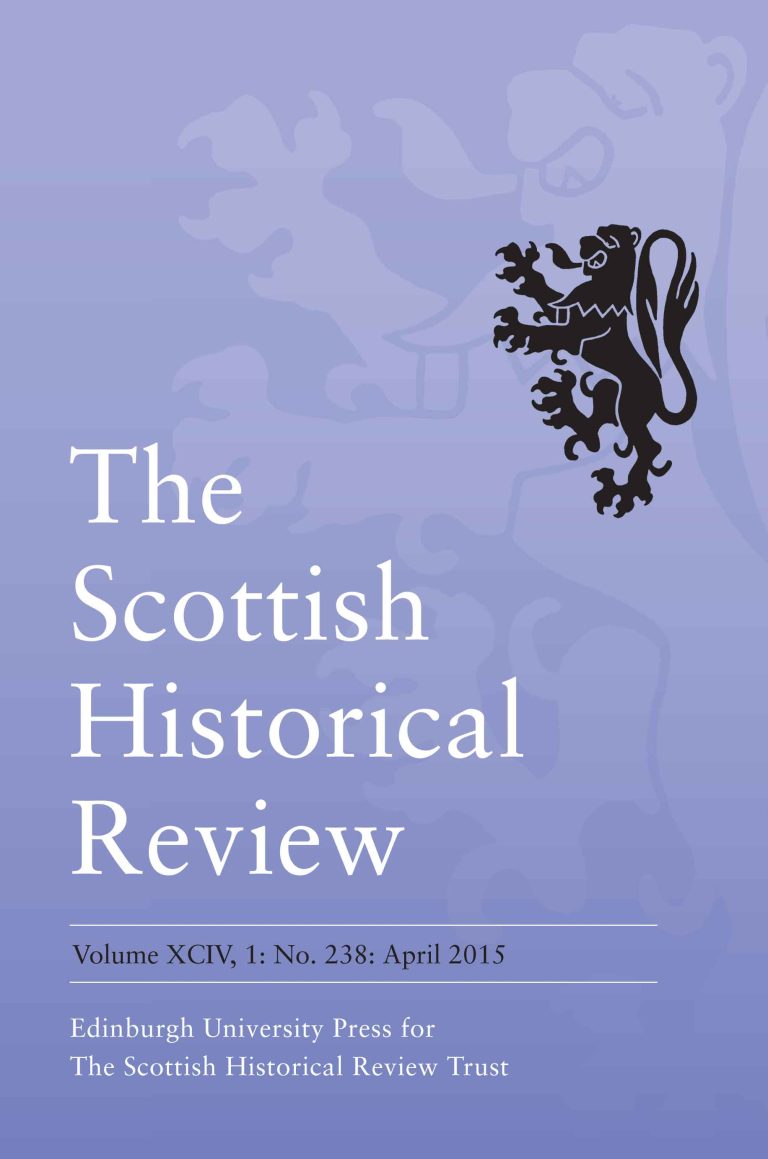
By William Knox Violence is an area much neglected by Scottish historians unlike those working in other countries, such as England, Western Europe and the USA, where its study has become central to our understanding of social relations, in particular class and…

By Michael Nathanson The Israeli-Palestinian Conflict, i.e., impasse over land ownership of the former mandatory Palestine, is rooted in and continuously being stoked by competing narratives. The Zionist movement adopted the master narrative of the Hebrew Bible, anchored by the…
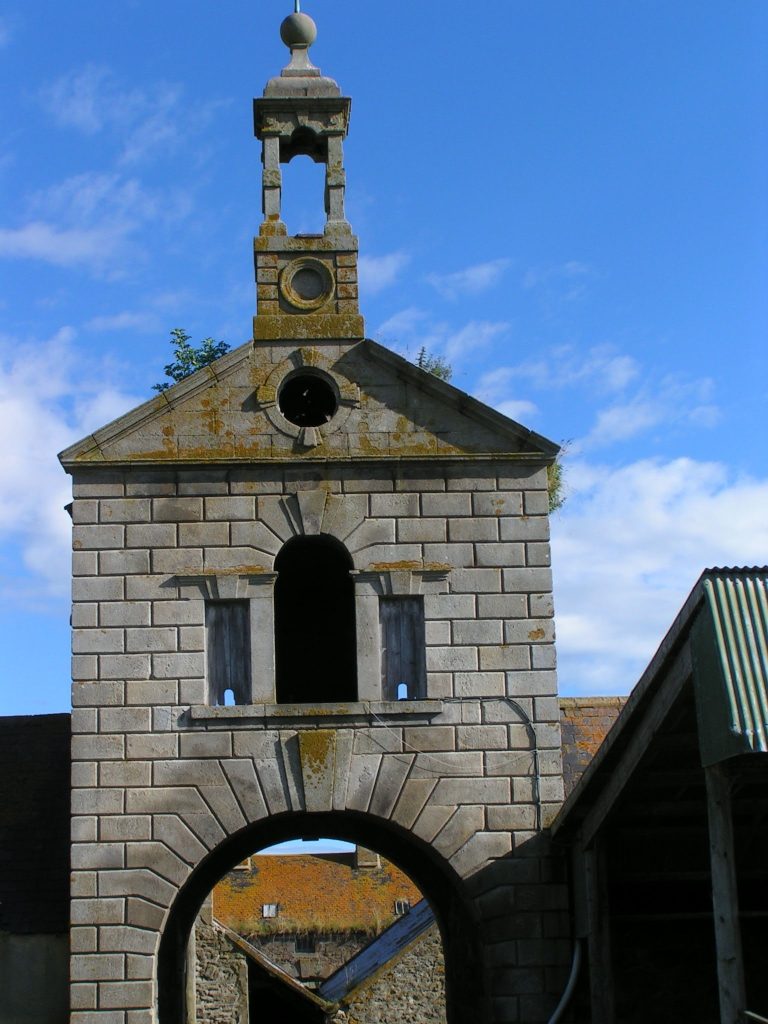
In the May 2015 issue of the Journal of Scottish Historical Studies, Eric Grant and Alistair Mutch explore the intertwined careers of Kenneth Murchison, surgeon, and Patrick Duff, General of the East India Company’s artillery in Bengal. Both men returned…
The history of twentieth century British-Jews, Stephan E. C. Wenderhorst’s book shows, offers valuable insights to the understanding of British history. In his extended review of the book, Arie Dubnov examines the way in which Wenderhost’s book, which he characterizes…